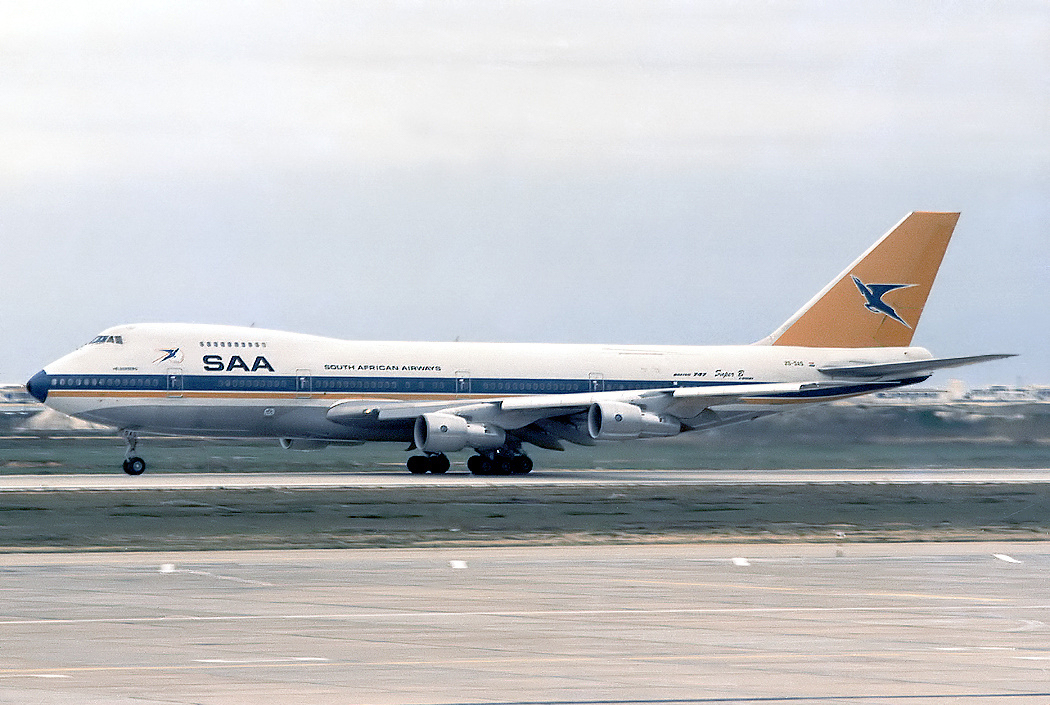Thirty years ago, today, South African Airways flight 295, a 747-200 Combi from Taipei to Johannesburg via Mauritius, crashed into the Indian Ocean off Mauritius after a cargo fire. All 159 on board, including two Australians, died.
Drifting wreckage was spotted about 12 hours after the estimated time of impact, but most of the debris was in three locations in deep water, leading to the conclusion that the aircraft had broken up before impact. There was no evidence to support speculation that the aircraft was brought down by a terrorist bomb.
The cockpit voice recorder was eventually recovered at a depth of 16,000 feet in January 1989, but the flight data recorder was never found.
Flight 295 had six pallets in the cargo compartment of the main deck, and the fire was found to have originated in the front right pallet. Investigators concluded that a localised fire likely came into contact with polystyrene packaging, producing gases which ignited into a flash fire.
There have been several theories over the years about the cause of the fire, including that the aircraft was carrying a clandestine arms consignment (apartheid-era South Africa was under an international boycott) which ignited because of vibration. Another later theory was that the fire was caused by an electrical fault.
An official report suggested that lithium batteries in computers, wrapped in the packaging, may have caught fire. A fire caused by lithium batteries was found to have led to the crash of UPS Airlines Flight 6 at Dubai in September 2010.
Evidence from some of the victims showed that they had inhaled fumes. Later tests indicated that the pressure generated from a cargo compartment fire would have been sufficient to overcome the higher air pressure in the passenger compartment.
The crash of flight 295 will probably always be surrounded in mystery, but even the possibility that a battery fire might have been responsible should be enough to make us all diligent about the hazard of dangerous goods.



Comments are closed.